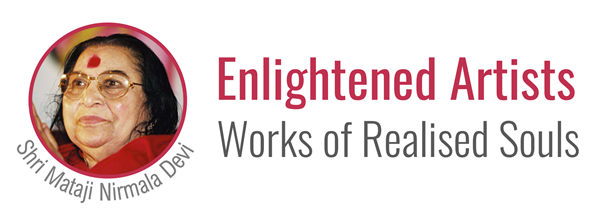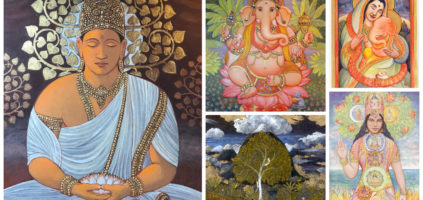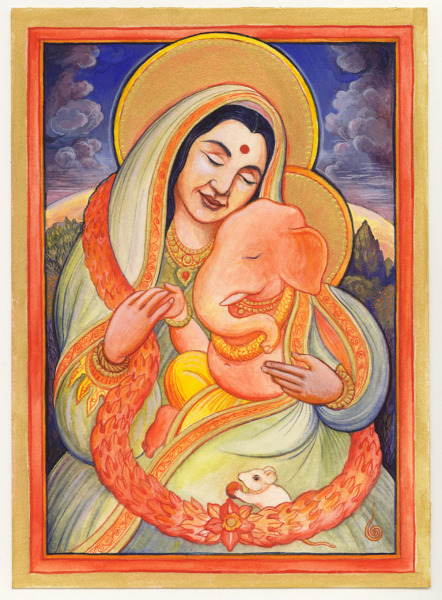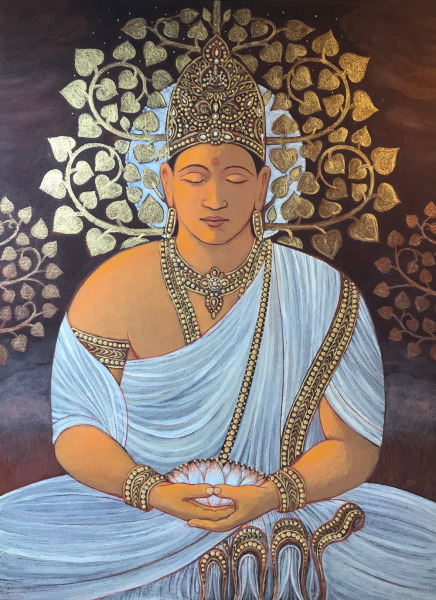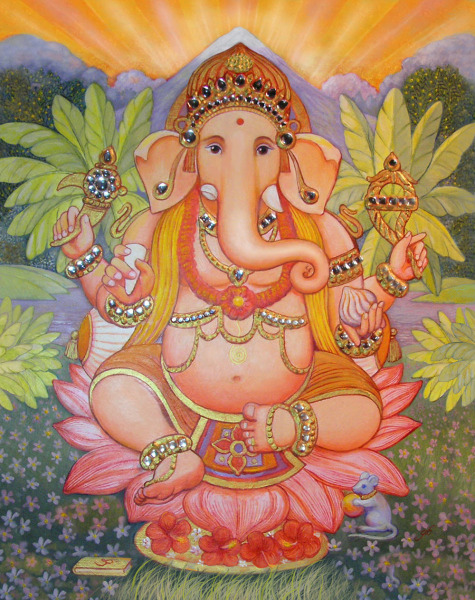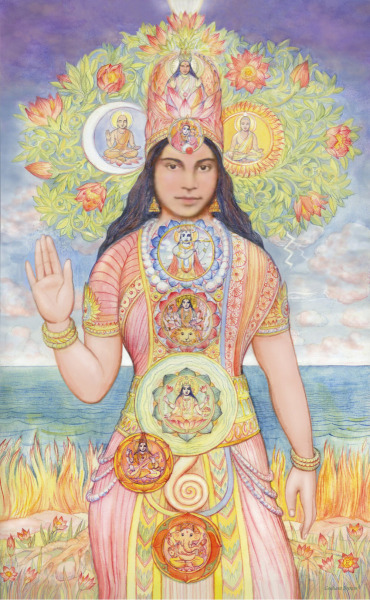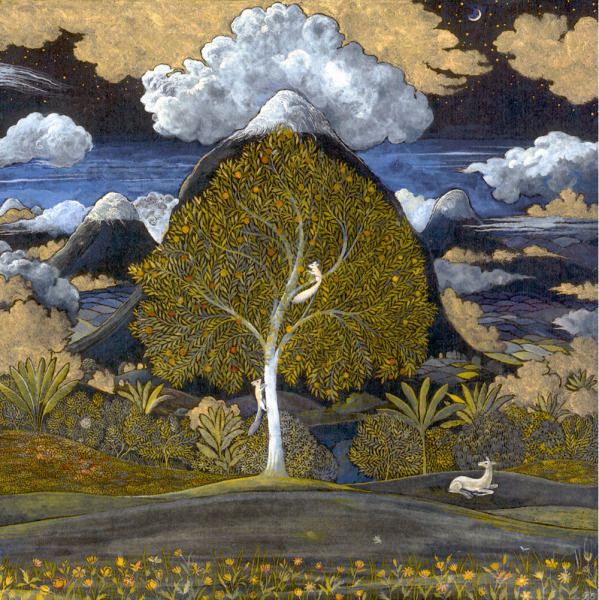Shri Mataji about the Realised artist
But supposing you want to create, if you already have got the technique well and good, then artist will find that he starts creating some fantastic things which he has never dreamt of and continuously he will go on creating, so he taps or we can say he reaches that source because if you find even the greatest of greatest artists they will create about say 10 pieces nicely then at least 30 would be useless. But if he becomes a Sahaja Yogi, not even one he will create that will be useless – all of them would be first class. The reason being that he is one with the source, so no question of making any mistakes.
Shri Mataji – Kundalini and Self-Realisation, London 31st July 1977.
About Graham Brown
Graham is an artist and designer living in Sydney, Australia. Many trips to India, visiting family, over the years, has instilled a deep love of the art and mythology of Indian culture, particularly the miniature painting tradition (mainly in the north), and the jewel-embellished icons of South India. He has studied traditional miniature painting techniques with Ajay Sharma, a master from Rajasthan, during his visits to Australia. The paintings of William Blake, Kahlil Gibran, and the Renaissance masters, amongst others, are a great inspiration to Graham for the expression of the Spirit in a visual medium.
More about Graham’s philosophy
Graham’s art can be characterised by a desire to impart a sense of the sacred, whether the subject matter is drawn from Eastern or Western religious heritage. The term ‘sacred’ carries much baggage with it, but here is used without reference to any dogmatic divisions between things. This sense of the sacred can be seen, not only in icons but in landscapes; even in simple still life arrangements. Where real objects or prototype images are used as models, they are points of departure only; the paintings ultimately originate within. Particular sources of inspiration are the Buddhist frescoes of Ajanta, the mughal miniature paintings produced for the court of Akbar, and the icons of Andrei Rublev.
Indian miniature paintings are a great inspiration, not only for their exquisite detail but for the rich colours they often employ. The technique for both Western icon and Indian miniature painting technique is similar: both use gouache or tempera rather than oil-based paints. Oil paints are slow-drying and can be blended and reblended. Gouache is fast-drying and does not allow much blending; instead flat areas of pigment are applied, and blendings of colour, and gradations of tone, are built up with fine hatching brushstrokes. The advantage over oil painting is a greater purity of colour. Gold leaf is often applied for richness. There is an emphasis on line rather than tone, two dimensional design over perspective and illusionistic effects. Graham Brown Lives and works in Sydney, Australia.
Visit Graham’s website.
